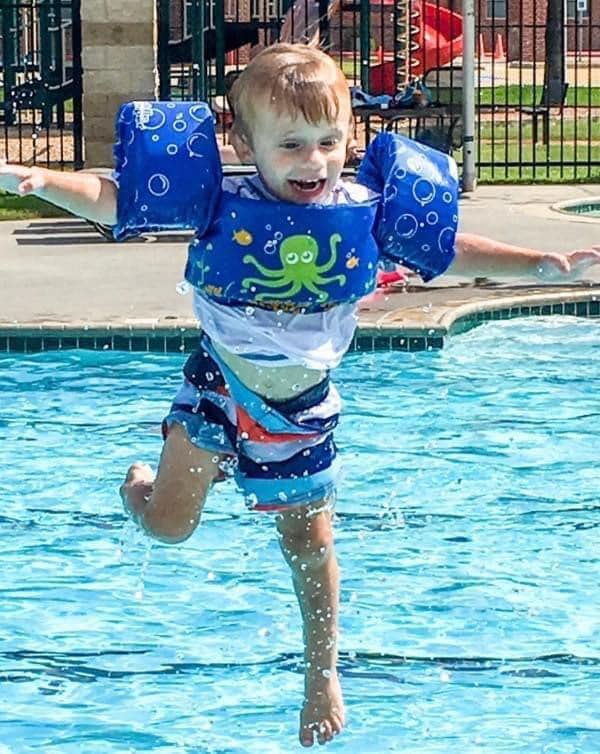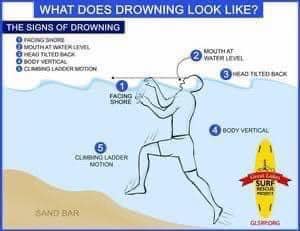
Is lowering cholesterol good for me? Does lowering cholesterol levels lead to a longer better life?
Medical information. What is the most reliable source? You might have been diagnosed with “high cholesterol” and are told you need to take a statin. When you are prescribed a statin, it is generally expected that you will be taking this drug for life. Are there any risks? Should I just trust my doctor and take it? Does the fact that “most cardiologists are taking statins themselves” enough of a reason to take this $15 billion drug?
From an article by Jan Wellmann from 23 May 2024 on Substack:
Talking About Fats, Cholesterol, and Statins
There you will find a 1+ hour interview with Dr Malcolm Kendrick, a Scottish General Practitioner, heart disease specialist, and author of several books: “Doctoring Data”, “The Great Cholesterol Con”, “The Clot Thickens” and “Statin Nation”.
Malcolm offers a uniquely honest perspective on the healthcare industry and the harm caused by the cholesterol narrative. He uses data and shows how a lot of the information we have been presented is relying on “doctored data” and not true facts.
Of 27 major placebo controlled trials on statins only 1 was not funded by the pharmaceutical industry. That study showed no benefit from statins. All the pharmaceutical funded trials showed a benefit. However, even for those studies, the benefits are incredibly small.
Since 2000 there have been no positive trials on statins. In the most favorable study from UK “The Heart Protection Study” there is no data showing any benefit for women at all. If there is a positive result the news will trumpet it, but they will not report any negative outcomes. Another study known as 4S by Merck showed a higher fatality rate for women taking statins compared with those who did not take them in the control group.
Lipitor claimed to reduce the risk of heart attack by over 30%, yet the data showed there was no reduction in fatal heart attacks and no reduction in overall mortality.
One study recoded 94% of people taking the drug had adverse effects.
Dr Kendrick describes himself, not as “anti-statin” but “Anti terrible research that is manipulated and corrupted to sell medications”.
How much longer will you live if you take the statin? According to the two most positive clinical trials (4S and HPS), amongst secondary prevention (those who are at the very highest risk – because they have already had a heart attack or stroke) after 5 years you can expect to live 6 additional days from taking the statin. So you endure all the side effects for a few extra days?? Is it worth it?
Can you stop taking statins once you have been taking them? According to Dr Kendrick, there is no danger in stopping and there may be plenty of benefit. He suggests stopping for a few weeks and notice if the side effects are reduced or disappear. Start taking the drug again and confirm if the side effect returns.
The claim that cholesterol leads to cardiac disease was a sales pitch for these drugs from the get-go, now a $15 billion market. According to a new BMJ study, “Is LDL cholesterol associated with long-term mortality among primary prevention adults? A retrospective cohort study from a large healthcare system,” even the “bad” version of cholesterol, LDL, is associated with lower mortality risk.
Statins convey no health benefits, but plenty of side effects:
- Muscle pain and weakness, including muscle breakdown leading to early mortality in 50%.
- Liver damage
- Digestive problems
- Increased blood sugar levels
- Neurological side effects (including dementia)
- Increased risk of hemorrhagic stroke
- Skin reactions
- Fatigue
Extract from the study: “New Study Confirms Higher LDL Levels of ‘Bad’ Cholesterol Are Linked to Reduced Risk of Death in People Who Do Not Suffer from Coronary Disease.”
“A 22-year study published in BMJ Open on 177,000 people found low LDL cholesterol is linked to higher mortality than cardiovascular disease. Researchers say the lowest risk of long-term mortality was detected in the LDL range of 100–189 mg/dL, which is much higher than current recommendations. Cholesterol is produced 80% internally by the organism itself, in the liver, and is necessary for healing damage to the body, for the production of cell membranes, steroid hormones (progesterone, estrogen, testosterone, cortisol), and vitamin D, while it constitutes 40% of the nervous system. The study finds that, preventively, to assess cardiovascular risk, LDL levels are of little importance. More weight should be given to the triglyceride/HDL ratio and to examining the calcium score, which are the most reliable predictive indicators. The results of this study confirm evidence from many similar studies published in recent years and disconnect total mortality from total cholesterol and LDL levels.” https://bmjopen.bmj.com/content/bmjopen/14/3/e077949.full.pdf?with-ds=yes
Becky Hastings collects information on health and tries her best to discover and share truth. By God’s grace, through Jesus Christ, I was saved, blessed with a husband of over 40 years, and five precious babies all grown up. I now get to delight as eleven grandchildren grow! Together we can help each other discover a healthy path in this crazy upside down world.



